Introduction
Are Robins Migratory: Robins, with their vibrant red breasts and melodic songs, are one of the most iconic and beloved birds in North America. These feathered creatures have a unique place in our hearts, often associated with the arrival of spring and the promise of warmer days ahead. Migration is a remarkable phenomenon in the avian world, representing the seasonal movement of robin bird from one region to another. This journey is often driven by the need to find better feeding grounds, escape harsh weather conditions, or seek out suitable breeding habitats. Many bird species engage in migration, ranging from small songbirds to large raptors, covering vast distances across continents and even oceans.
When it comes to robins, the to whether they are migratory can be somewhat nuanced. In North America, where the American Robin is the most well-known species, the answer is a resounding “yes.” These robins are indeed migratory, and their migration patterns are closely tied to the changing seasons. During the spring and summer months, they are a common sight across much of the United States and Canada, as they breed and raise their young. However, as the days grow shorter and temperatures drop in the fall, they embark on a remarkable journey southward.
The migratory habits of robins in North America involve significant movements, with some individuals traveling as far south as Mexico and Central America. This migration allows them to escape the harsh winter conditions of their northern breeding grounds and find more abundant food sources in milder climates. Witnessing flocks of robins on the move is a sure sign that autumn is upon us, and winter is just around the corner. In robins and their migratory tendencies, we will delve deeper into the fascinating world of these birds, examining the factors that influence their migration, the incredible feats they achieve during their journeys, and the ways in which they have captivated our imaginations for generations.
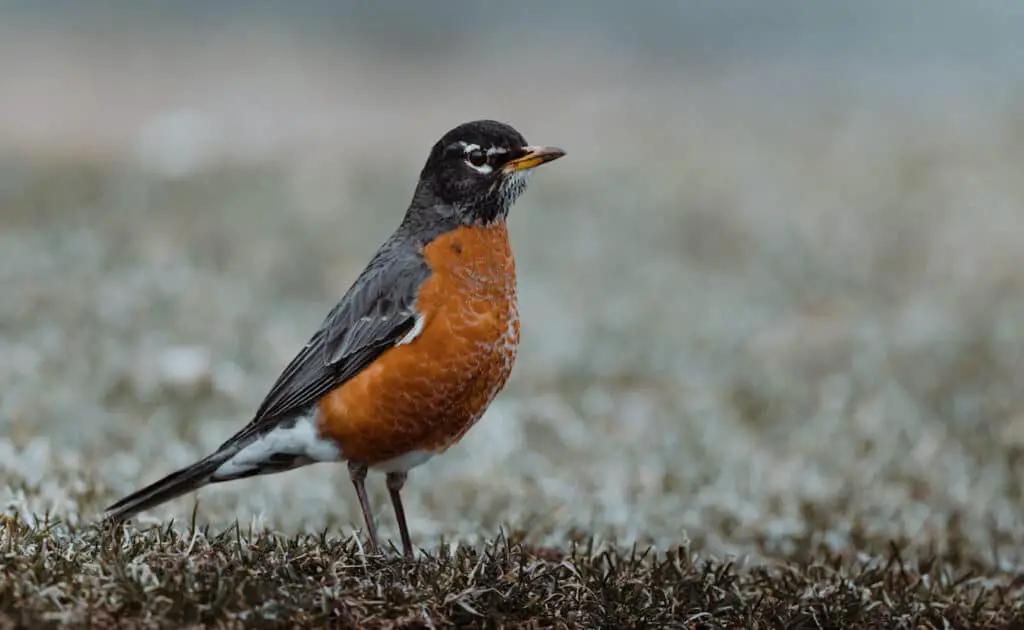
Do robins migrate Europe?
Irish and British robins are largely resident but a small minority, usually female, migrate to southern Europe during winter, a few as far as Spain. Scandinavian and Russian robins migrate to Britain and western Europe to escape the harsher winters.
In Europe, the most well-known robin species is the European Robin (Erithacus rubecula). This charming little bird, often affectionately referred to as the “robin redbreast,” holds a special place in the hearts of Europeans. Unlike their North American counterparts, European robins are predominantly non-migratory. This means that they do not undertake long-distance seasonal migrations, as the American Robins do across the Atlantic.
European robins are known for their resilience in the face of harsh winter conditions. They possess a remarkable ability to adapt to changing weather patterns and food availability, enabling them to survive the winter months in their resident territories. This adaptability is partly due to their omnivorous diet, which includes insects, berries, and even scraps from gardens and bird feeders.
During the winter, European robins often become more territorial, defending their chosen feeding grounds and ensuring a stable supply of food. In doing so, they maintain a reliable source of nourishment without the need to undertake the strenuous and risky journey of migration. Some individuals may engage in short-distance movements, especially in response to severe weather conditions or food scarcity.
Where do robins usually live?
American robins live in woodlands, suburban backyards, parks, and grasslands with shrubs. Robins can be found year-round in the continental United States, and some migrate north to spend summers in Alaska. Squirrels, snakes, and other birds have been known to eat robin eggs and chicks.
Woodlands and Forests: In many regions, including North America and Europe, robins are often found in woodlands and forested areas. They seek out the shelter of trees and dense vegetation, where they can build their nests and find insects, earthworms, and berries in abundance. These habitats both cover and food, making them ideal for robins to raise their young and forage for sustenance.
Gardens and Urban Areas: Robins are incredibly adaptable birds and have a knack for thriving in human-altered landscapes. They frequently make themselves at home in gardens, parks, and urban areas. These environments offer a mix of greenery, open spaces, and shrubbery, providing ample opportunities for feeding and nesting. You’ll often see them hopping about lawns and perched on fences in suburban neighborhoods.
Meadows and Fields: Robins are not limited to densely wooded areas; they also inhabit meadows, fields, and grasslands. In these open spaces, they search for insects, earthworms, and other invertebrates in the soil and vegetation. The presence of tall grasses and shrubs suitable nesting sites.
Why do robins only live 2 years?
A robin’s lifespan is just 13 months on average due to high mortality among robins in their first year. Once they’ve passed that barrier, they stand a much better chance of surviving for quite a while – the record currently stands at 19 years.
Predation: Predation is a significant factor contributing to the relatively short lifespan of robins. These birds face a multitude of predators, including domestic cats, birds of prey, snakes, and even larger mammals. With so many potential threats, surviving for an extended period can be challenging.
Migratory Stress: For robins that migrate, the rigors of long-distance travel can take a toll on their bodies. Migration is a demanding journey that involves flying hundreds or even thousands of miles, often across hazardous terrain and unpredictable weather conditions. The stress of migration can weaken individuals and make them more susceptible to illness and predation.
Harsh Environmental Conditions: Robins are hardy birds, but they must contend with harsh environmental conditions throughout the year. Winter, in particular, can be challenging, with cold temperatures and reduced food availability. Many robins do not survive the winter months, especially in regions with severe winters.
Why are robins so friendly?
As a gardener digs over the soil, robins stand by expectantly, hopping back and forth in between sitting and watching, their sparkly eyes looking for juicy worms to be uncovered. This helps to answer the age-old question: ‘why are robins so friendly? ‘ Well, there might just be some tasty morsels in it for them!
Tolerance of Humans: One key reason behind robins’ friendliness is their relatively high tolerance for human presence. Over centuries, robins have adapted to human settlements, gardens, and urban areas, where they frequently encounter people. They have learned to coexist with humans, benefiting from the habitat we and even becoming accustomed to our presence. This tolerance often translates into robins appearing more approachable and less skittish compared to other bird species.
Dietary Opportunism: Robins are omnivorous birds, which means they have a varied diet that includes insects, earthworms, fruits, and berries. Their willingness to feed on scraps and leftovers found in gardens and around homes brings them into close proximity to humans. This dietary opportunism fosters interactions and familiarity between robins and people.
Nesting Sites: Robins frequently choose to build their nests in locations close to human activity. This proximity to human dwellings and gardens them with ready access to food and shelter. As they become accustomed to nesting near human environments, they become more accustomed to human presence and may appear friendlier.
What does a robin symbolize?
For centuries, this tiny bird has been the symbol of good luck, happiness, rebirth – and sometimes even as a messenger for lost, loved ones. There are tales stretching back to Norse mythology where the robin is the protector from storms and lightning. And in Celtic folklore the robin is known as the Oak King of Summer.
Renewal and Rebirth: Perhaps the most prevalent symbol associated with robins is that of renewal and rebirth. This symbolism is closely tied to the robin’s presence in gardens and woodlands during the springtime. As these birds return from their winter migrations, their appearance heralds the arrival of warmer weather and the rejuvenation of nature after the cold winter months. In this sense, robins are seen as messengers of hope and a fresh start.
Joy and Cheerfulness: The cheerful and melodious song of the robin is often interpreted as a symbol of joy and happiness. Their vibrant red breasts are believed to represent the sun’s return and the promise of brighter days ahead. In various cultures, robins are associated with positivity, bringing a sense of cheerfulness and optimism.
Family and Nurturing: Robins are dedicated parents, diligently caring for their eggs and chicks. This behavior has led to associations with family values and nurturing. In some cultures, seeing a robin’s nest built near one’s home is considered a symbol of familial love and protection.
Why are robins popular?
Robins are popular birds for their warm orange breast, cheery song, and early appearance at the end of winter. Though they’re familiar town and city birds, American Robins are at home in wilder areas, too, including mountain forests and Alaskan wilderness.
Iconic Appearance: Robins are instantly recognizable thanks to their striking appearance. Their bright red or orange-red breasts, contrasting with their grayish-brown backs, make them stand out in any natural setting or garden. This distinctive coloration has made them a favorite subject for birdwatchers and photographers.
Melodious Songs: Robins are renowned for their melodious songs, which are a welcome sound in the early morning hours and throughout the day. Their cheerful and musical notes have endeared them to people, and their songs are often associated with the arrival of spring and the changing of seasons.
Year-Round Presence: In many regions, robins are present year-round, offering people the opportunity to enjoy their company throughout the seasons. While their behavior and appearance change with the seasons, their constant presence in gardens and woodlands fosters a sense of connection with nature.
Are robins a smart bird?
How smart are robins? A. Robins are not quick to learn new things as blue jays, and do not have as good reasoning power as jays. But they are adaptable, and can quickly figure out how to find food and shelter in a new area where they’ve never been before.
Nesting Skills: Robins are skilled nest builders. They construct cup-shaped nests with mud and line them with grass, feathers, and other materials. Their nests are carefully designed to protection and insulation for their eggs and chicks. Robins often choose nesting sites that are well-hidden and strategically located to minimize the risk of predation.
Territorial Behavior: Robins are territorial birds, and their territorial boundaries are actively defended. This behavior requires them to recognize their own territory and distinguish it from neighboring territories. They use vocalizations and physical displays to communicate their ownership and resolve disputes with other robins.
Foraging Strategies: Robins have diverse foraging strategies that demonstrate their adaptability. They feed on a wide range of food items, including insects, earthworms, berries, and fruits. They use a combination of visual and auditory cues to locate prey and often tilt their heads to listen for earthworms moving underground.
What are some interesting facts about the Indian Robin?
The Indian robin is sexually dimorphic in plumage, with the male being mainly black with a white shoulder patch or stripe whose visible extent can vary with posture. The northern populations have the upper plumage brownish, while the southern populations are black above.
Distinctive Plumage: The male Indian Robin boasts striking plumage. During the breeding season, he features jet-black feathers with white patches on the wings and a bright white patch on the belly. In contrast, the female sports a more subdued brownish-gray plumage.
Vocal Abilities: Indian Robins are known for their melodious and varied songs. Their calls include whistles, chirps, and musical trills. They are especially vocal during the breeding season when the male uses its song to attract a mate and defend its territory.
Wide Distribution: These robins are widely distributed across South Asia, including India, Sri Lanka, Bangladesh, and parts of Southeast Asia. They inhabit a range of habitats, from forests and woodlands to gardens, parks, and even urban areas.
Territorial Behavior: Indian Robins are territorial birds, and the male vigorously defends its territory against intruders. They use a combination of vocalizations and displays to establish and maintain their territory boundaries.
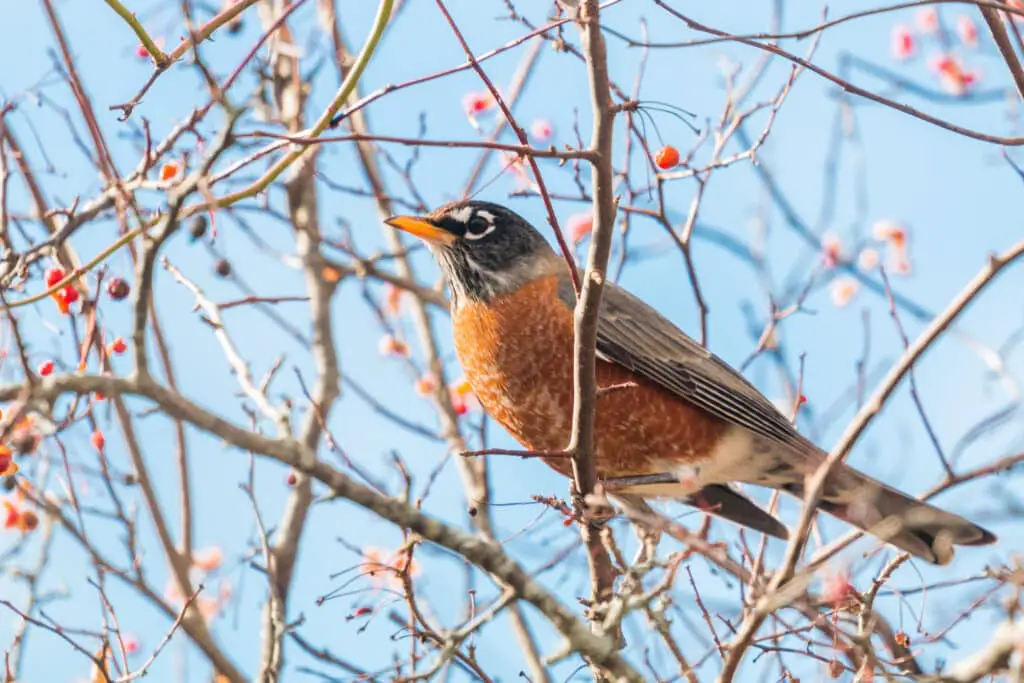
Conclusion
In robins, migratory is a fascinating exploration of avian behavior, shaped by a complex interplay of ecological, geographical, and climatic factors. Our journey into the world of robins has revealed that this is not a simple “yes” or “no.” Instead, it is a nuanced story that highlights the adaptability and resilience of these beloved birds. In North America, the American Robin stands out as a quintessential migratory species. These robins showcase a remarkable annual cycle, undertaking long-distance migrations between their breeding and wintering grounds. Their migration patterns serve as a testament to their ability to thrive in diverse environments and adapt to changing seasons.
Witnessing their return in spring is a robin joyful sign of warmer days ahead, while their departure in the fall reminds us of the cyclical nature of life in the natural world. However, the story of robins and migration is not limited to North America. In Europe, the European Robin presents a different narrative, as it is primarily a non-migratory species, enchanting observers with its year-round presence in gardens and woodlands. This contrast highlights the regional variations in robin behavior and the adaptability of different species to their specific habitats.
These variations emphasize the intricate nature of robin behavior and their capacity to respond to local environmental conditions. Robins, regardless of their migratory habits, hold a special place in our hearts. Their vibrant plumage and enchanting melodies have made them cultural symbols and sources of inspiration for poets, artists, and bird enthusiasts alike. Whether they are migrating across continents or gracing us with their presence year-round, robins connect us to the natural world and remind us of the beauty and wonder of avian life.


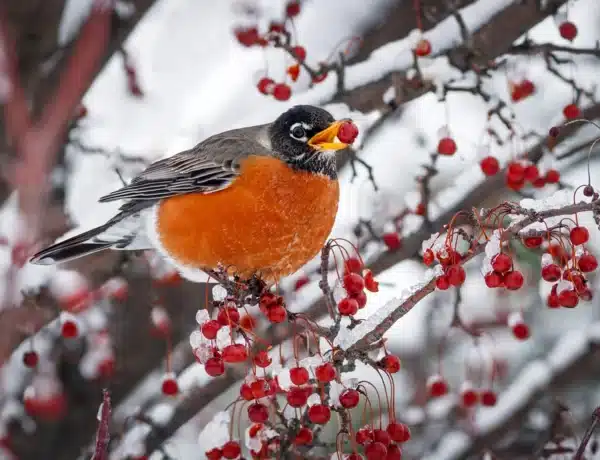
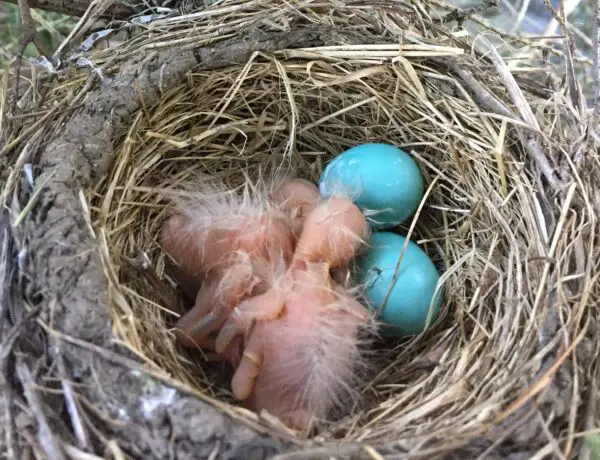
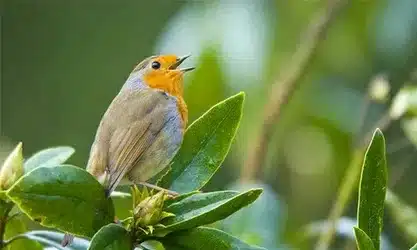
No Comments